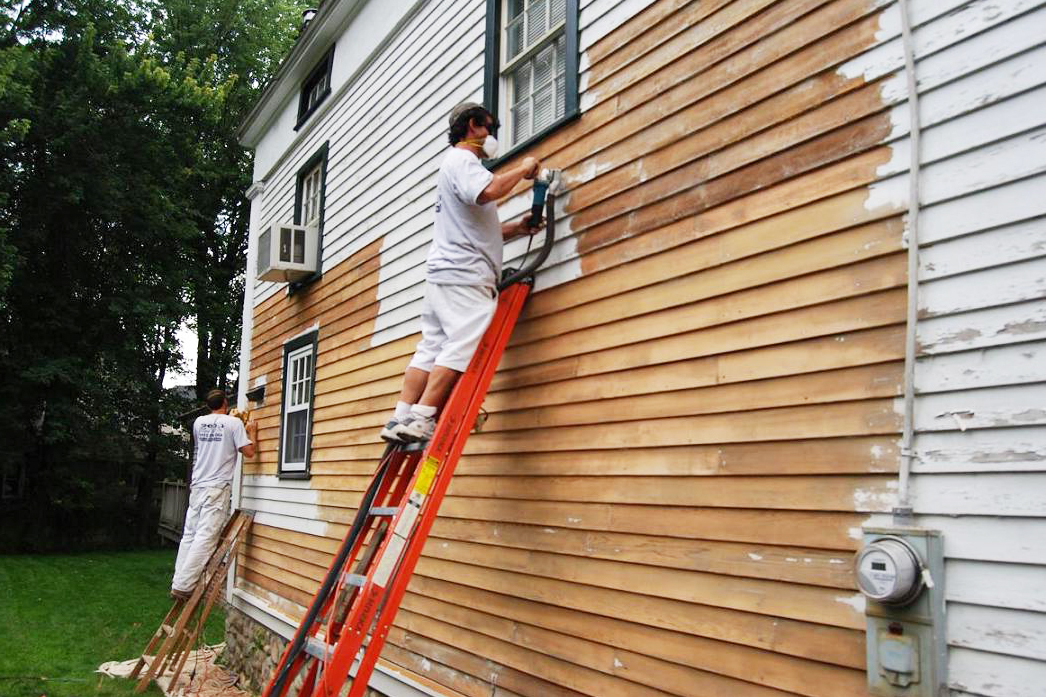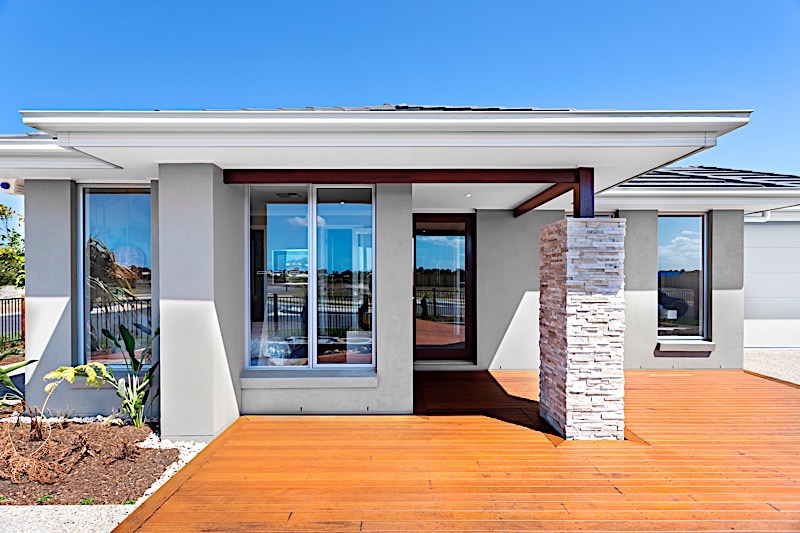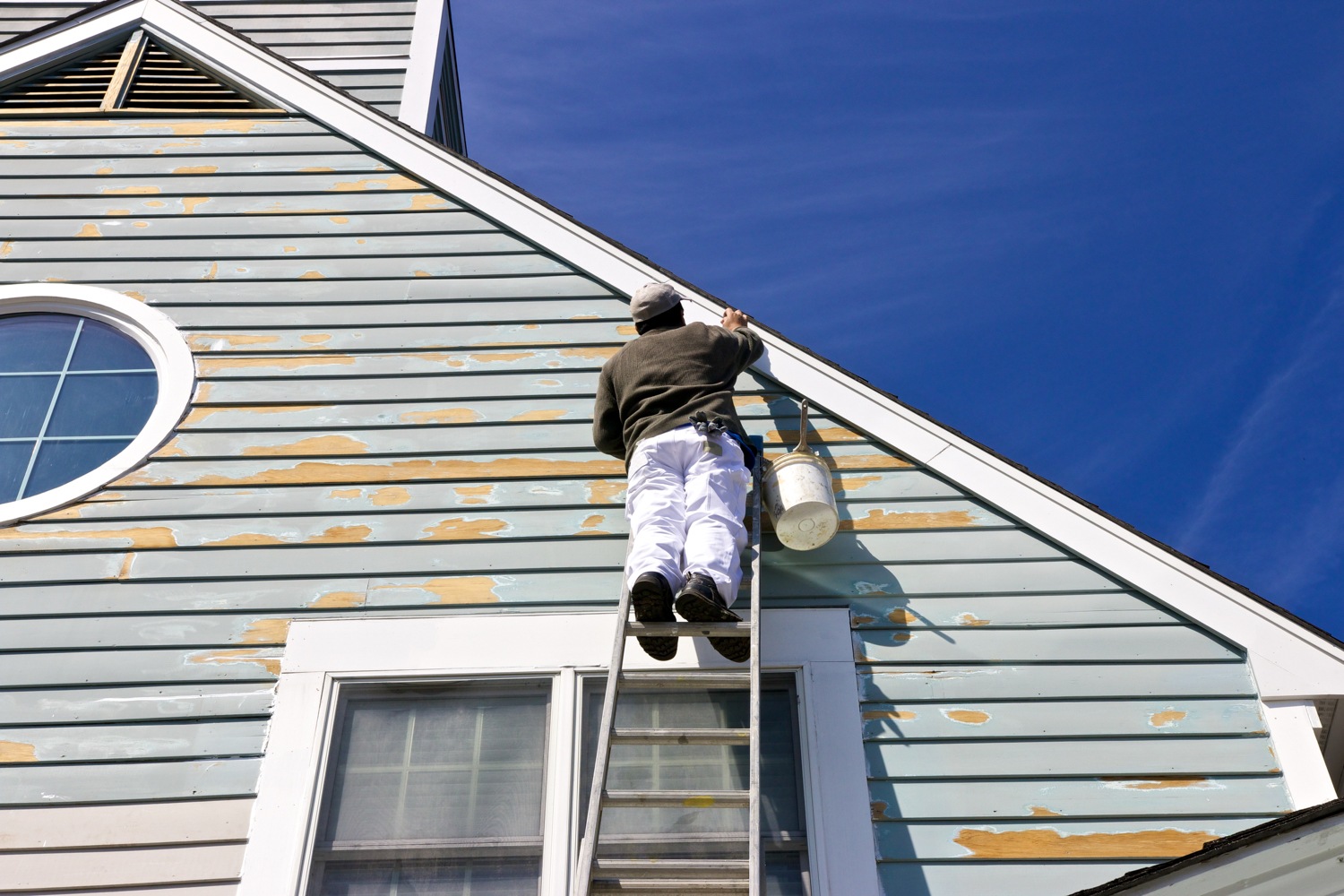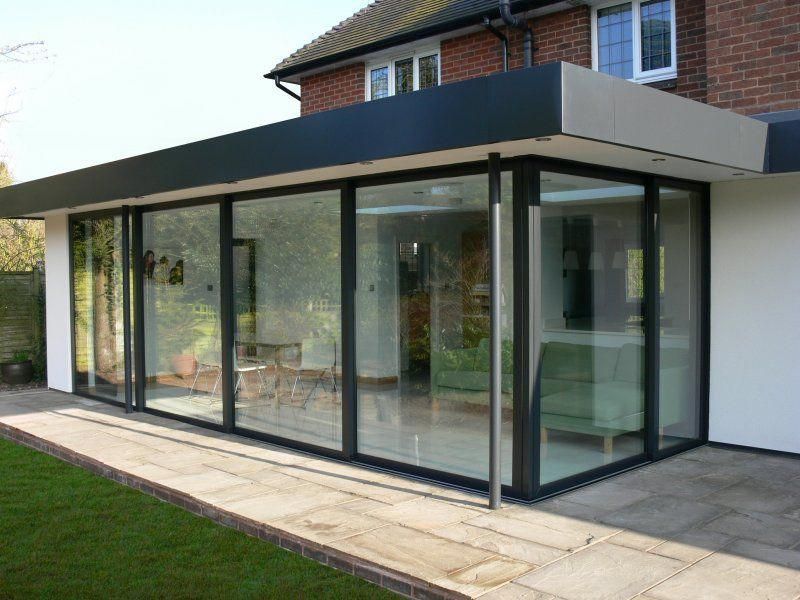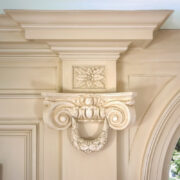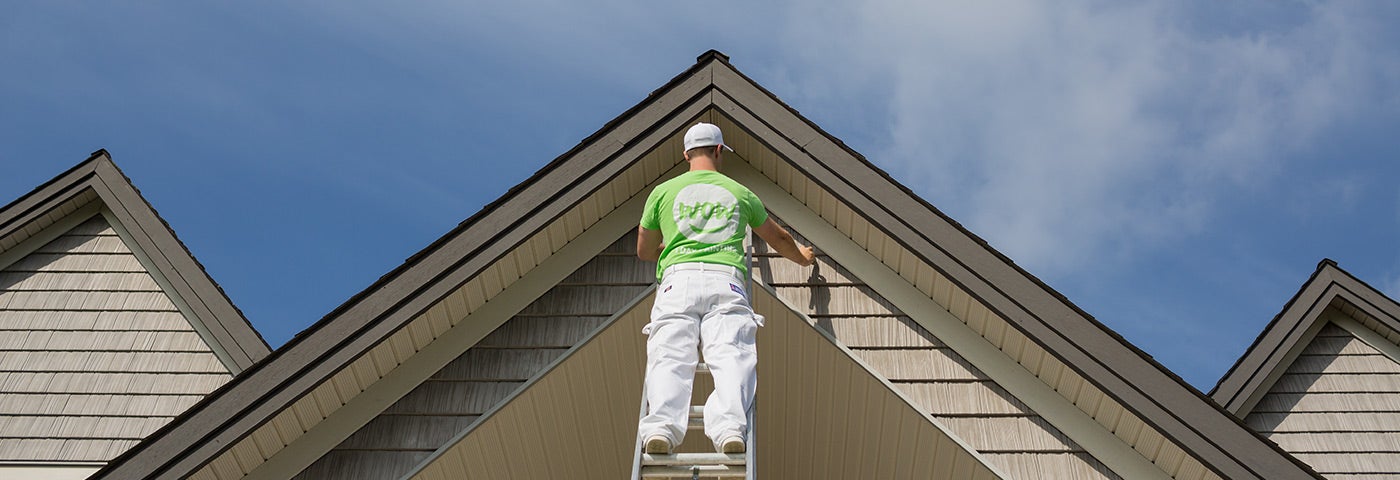
Exterior painting contractors are frequently challenged through the different conditions and needs resulting from exterior painting projects. Over time, the training learned each and every completed project have advanced the paint technology. Because of these advances, today’s exterior paints focus on virtually every condition ever experienced during exterior painting project implementations.
Location-Driven Paint Factors
Exterior painting contractors and paint manufacturers agree that probably the most common problems that frequently need to be met with regards to exterior painting projects may be the one determined by location. Geographical variations are apparent in construction styles and material preferences. Location therefore dictates selecting exterior paint for use.
For example, the Southwest is the house of masonry and stucco exteriors. These substrates require primers and top jackets suitable for cementitious materials. Within the Southeast, weather-resistant formulations are utilized by exterior painting contractors to resist year-lengthy contact with rain and wind. In mountainous locations, however, sun-resistant and Ultra violet-absorbing resinous formulations are utilized.
Weather-Proof Exterior Coatings
Paint manufacturers also have developed formulations to focus on another major factor influencing projects – the elements. Weather variables all around the project are thought by exterior painting contractors when choosing these products to make use of. It also influences the applying and techniques that they’ll use.
Climates that leave high amounts of Ultra violet sun rays are frequently applied with elastomeric-based or 100% acrylic paints for surface protection. Windy and wet weather are applied with thicker-film elastomeric to combat water-borne cracks.
Air temperatures less than 50ºF can result in surface chalking and premature peeling, while above 90ºF can seriously affect surface preparation, application and curing. Exterior painting contractors must take this into account throughout the project. Freezing-thawing cycles, however, require flexible primers and topcoats to handle the fluctuating temperatures.
The Environment’s Role in the option of Exterior Coatings
Federal and native laws and regulations on ecological protection have influenced the look and output of exterior coatings. Paints using the low-VOC formulations happen to be introduced. This aims to prevent the dangerous results of VOC-emitting regular paints towards the atmosphere.
Painting contractors and paint manufacturers must adhere to the U.S. Ecological Protection Agency’s (Environmental protection agency) VOC-level standards in the national level. Within the north east and mid-Atlantic states, the Ozone Transport Commission (Environmental protection agency) Model Rule is within place. Condition-based quality of air programs also watch strictly over VOC compliance that covers your building industry.
Compliance to those different ecological rules and agencies led to new formulations of exterior coating products for architectural, industrial and commercial painting. They are frequently low-VOC latex, water-borne or solvent alkyd products.

